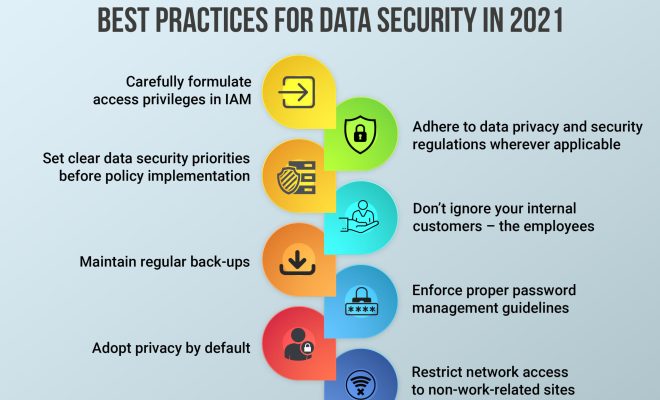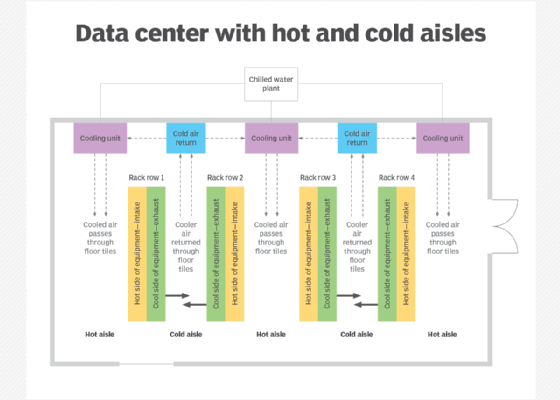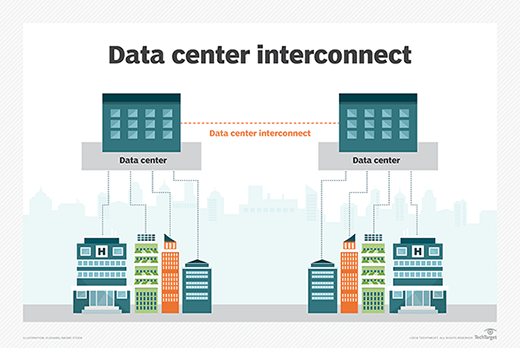Regain Control of Your Data in 2024. Here’s Everything You Need to Know About Deleting Your Information

In an age where personal data is the new gold, security breaches and privacy concerns are more prevalent than ever. As we move into 2024, it’s crucial to understand that you have the power to control your digital footprint. Here is a comprehensive guide to help you regain control of your data by effectively deleting your information.
Understand Where Your Data Resides
The first step in regaining control of your data is to identify where it is stored. This involves more than just checking your social media accounts; it includes every online service or subscription you’ve used, past and present. From shopping websites and forums to email accounts and cloud storage, make a list of where you might have left a digital trail.
Read the Privacy Policies
No one enjoys sifting through pages of legal text, but understanding the privacy policies of the platforms you use is essential. They dictate how your data can be deleted. In some cases, simply deleting an account isn’t enough—some data may be retained unless specifically requested for removal.
Utilize Built-In Delete Functions
Most online services provide options to either deactivate or completely delete accounts. The delete function usually leads to a more thorough removal of data. However, ensure that you have backed up any important information such as contacts, photos, or documents before proceeding.
Contact Customer Service
If there isn’t a clear way to delete your account or if you want confirmation that your data has been fully erased, contacting customer service may be necessary. Be prepared to assert your right to privacy and be clear about which information you want removed.
Erase Traces from Web Searches
Information removed from a site may still appear in search engine results for some time due to caching. Submit requests to search engines like Google or Bing to remove outdated cache links that lead to content you wish no longer visible.
Exercise Your Legal Rights
Different countries have different laws regarding digital privacy. In many regions, legislations like GDPR (General Data Protection Regulation) in the EU give individuals the right to be forgotten, which includes having their personal data deleted upon request. Familiarize yourself with local laws and exercise these rights when necessary.
Use Data Removal Services
There are services available that specialize in helping individuals wipe their digital footprints off the internet. These data removal services can scan for your information on sites across the web and assist in getting it deleted.
Secure Remaining Accounts
For accounts you choose to maintain: use strong passwords, activate two-factor authentication where available, and regularly check privacy settings to ensure that no unforeseen changes have been made or new data-sharing policies introduced.
Stay Vigilant with New Accounts
Moving forward, approach new online accounts with caution. Consider using disposable email addresses for sign-ups when possible, read terms thoroughly before providing personal information, and opt-out of data sharing when it’s an option.
In conclusion, deleting your personal information from the Internet requires a multifaceted approach involving identification of where your data resides, understanding privacy policies, using delete functions provided by platforms, enforcing legal rights where applicable and being vigilant with security on active accounts. As we advance into 2024 and beyond, staying knowledgeable about how to manage personal data effectively is key to safeguarding your digital presence.





